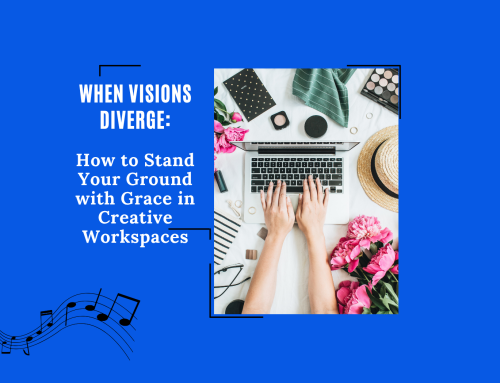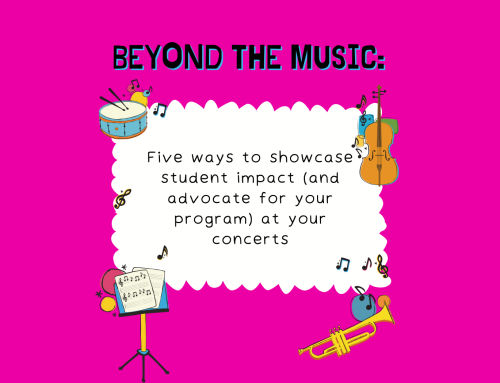I have roughly 200 playlists in my Apple Music library. Not the algorithmic ones that our benevolent tech overlords provide for us – my very own creations. 200 of them. Perhaps that’s more than any sane human should have.
Most of them are for me. Some are large, eclectic collections to put on shuffle. Others capture a specific mood or encapsulate a certain genre. Many are re-workings of existing albums, enhanced by what I thought was superior sequencing. A few are, in fact, gifts for friends and loved ones, tailored to their specific tastes and painstakingly crafted with care. Some have sat dormant, unlistened to, for almost 6 years, curdling into awkward reminders of my adolescence; others were just updated this morning. Through this chaotic audio scrapbook, I can still trace my journey through various shades of indie rock, synthpop, folk, r&b, electronic dance, and even the oldies I was raised on as a kid. They’ve soundtracked road trips, all-day study sessions, nights out with friends, and (many) lonely nights in. For better or worse, they’re all a part of who I am.
And yet, over the course of my years of study as a music education major, they have never been acknowledged, validated, or even mentioned in passing. This mini-universe of tunes and mixes in my pocket, something that helped me love music as an art that made life worth living just as much as my performing experiences, was allegedly just a phase I’d grow out of when the “real world” kicked in. Compared to the musicking we normally prioritize as teachers, the act of listening to recorded popular music can feel too passive, too inconsequential, too much like what students do at home anyway. And indeed, the rise of streaming has led to all sorts of algorithmization of the music we listen to in our spare time, bringing us ever closer to the Muzak black hole. But quarantine taught me that it doesn’t have to be like this.
Playlist Making as Music-Making
I am probably not alone when I say that the COVID burnout has been real, especially as so many of our usual creative outlets were taken away from us, truncated into awkward Zoom mutations, or carried out with low morale. I felt it the most last winter, after a full semester of online learning left me mentally and emotionally paralyzed, and am now starting to feel it creep in as the swift return to in-person has worn me down again. Throughout the pandemic, the occasional lack of desire to do anything remotely musical for my own personal fulfillment has been a very scary feeling – one that easily lent itself to questioning why I was even going into this profession to begin with. If I jumped off the merry-go-round of lesson plans, practicum placements, and dress rehearsals, what would be left?
The universe of tunes in my pocket had an answer.
Especially over the past year and a half, even on days when I didn’t have the energy to pick up my guitar or start a new Garageband project, my Apple Music library was always there, and I was always engaging with it. Finding ways to add to it, rearrange it, make it my own. Playlists were absolutely integral to that process. When I needed a reminder of why I devoted my life to this crazy passion in the first place, all I had to do was put my headphones on and dream. Of those 200 or so playlists I still have in my library, the ones I’ve made throughout the past 2 years as deliberate acts of creativity are by far the most rewarding listens now.
Curating the Perfect Playlist
So, you might be wondering, how does one make a good playlist?
I’m not really sure. “Good” depends on what you want out of it. Many might think of homemade playlists as the modern update of those cassette mixes people used to make for each other as love letters back in the day; admittedly I have dabbled in a bit of that, but it’s not the only option. I often love to start by picturing a favorite person, time, place, or a thing I absolutely love doing, and then imagining what music I’d want to hear alongside it. The playlists I’ve included with this blog both started from that thought process; while Songs for Sunshine and Songs for Snowstorms are ultimately reflective of my own personal music taste, the motives behind their creation can be transferred to whatever genres or artists are closest to your heart.
Maybe you want to soundtrack the rush of early morning while you get ready to teach, or at sunset as you unwind after a long day. Perhaps you have a specific coffee shop where you like to plan or a park you always look forward to visiting. You might have a specific attachment to a season or other time of year, or maybe your dad just really loves 70s soft rock, who knows. The point is that the songs you’re about to assemble are coming from you and your experiences, not from some guy sitting at a desk in Spotify’s headquarters.
Then comes the real fun: choosing and sequencing your music selections. If you’re doing it right, all of those aural skills we spent years acquiring should come into play. Especially if you want to create something you can listen to front-to-back, figuring out if your songs flow together as you desire depends on all sorts of inherently musical elements – key, melody, rhythm, tempo, form, instrumentation, timbre. For example, Songs for Sunshine hones in on major keys, bright synthesizers, and expansive production, while “Songs for Snowstorms” opts for acoustic guitars, melancholy ambiance, and hushed vocal lines. Further aural detective work is involved if you want to, say, start your playlist in one mood and gradually transition to another, narrative-style; while maintaining its glistening sonic palette throughout, Songs for Sunshine slowly turns from danceable to reflective by virtue of the songs’ compositional aspects alone.
There’s also the question of length and layout. I often find that around 16 songs, or a little more than an hour’s worth of music, is the perfect running time for me, although you might find another option that works better. If the process seems a little daunting, starting with a few solid songs at the beginning and ending can help! With Songs for Snowstorms, I remember wanting Sigur Ros’ slow-burning “Untitled #1” to be the opener long before the other songs fell in place; its twinkling pianos and ghostly melodies, so reminiscent of winter’s stark beauty, motivated me to do it justice.
Sometimes, like all good creative endeavors, making a playlist you’re happy with takes time; I’ve often spent days, even weeks on them, constantly tweaking them, trying different configurations, and setting them aside to come back to later. But time and time again, being able to put on a couple of dozen songs that I chose and assembled myself, based on both my own aural skills and my own desired emotional goals, has been far more rewarding than letting AI do it for me. When I create my own ways to experience music I love, I feel like I’m still being my best musical self, no matter how burnt out I might be otherwise.
Playlist Making: Classroom Extensions
We might be a few years removed now from the “lifelong learners” craze, but if we truly want to encourage our students to keep music with them for the long haul, I believe there is no better place to start than by making positive use of the way most people interact with it already: with our devices! In the classroom setting, playlist-making can be accessible to ALL students, regardless of musical knowledge, training, or genre preferences; even those without streaming accounts can make them on Youtube. Playlist-centered projects could allow for tremendous student autonomy and, with the right accompanying opportunities for reflection, reveal how much music might already mean to them outside of our classrooms. And the best part is that they can walk away with tangible artifacts they can cherish forever, with the knowledge that they, too, can be their best musical selves even in the most unexpected ways.
Yes, I have about 200 playlists on my phone. But I hope that one day, my students will see that it’s absolutely nothing to be ashamed of.




Leave A Comment